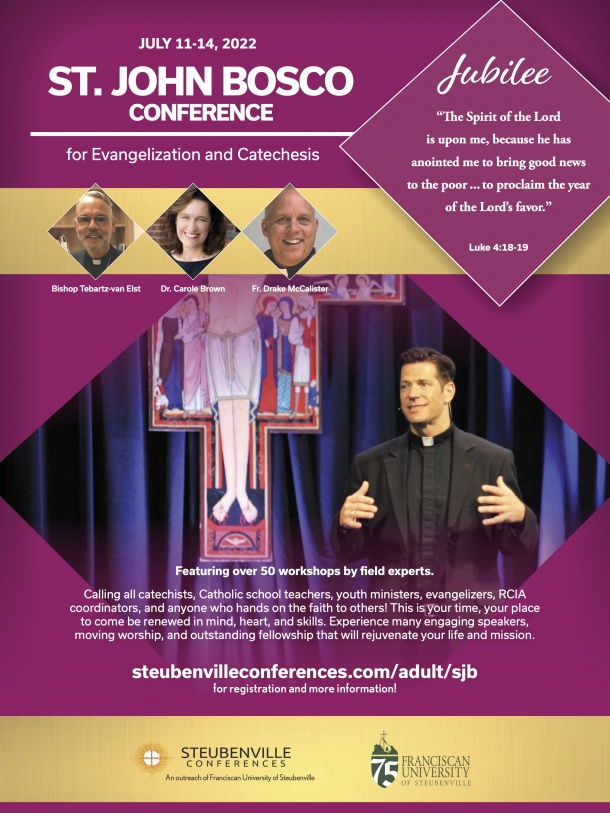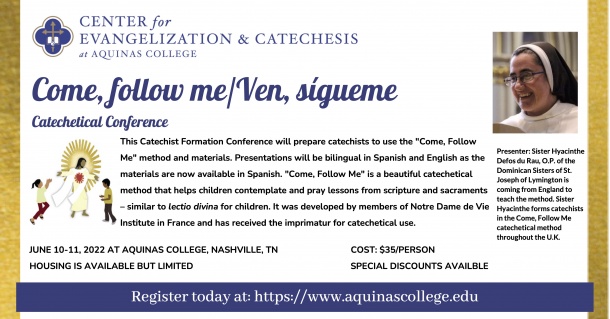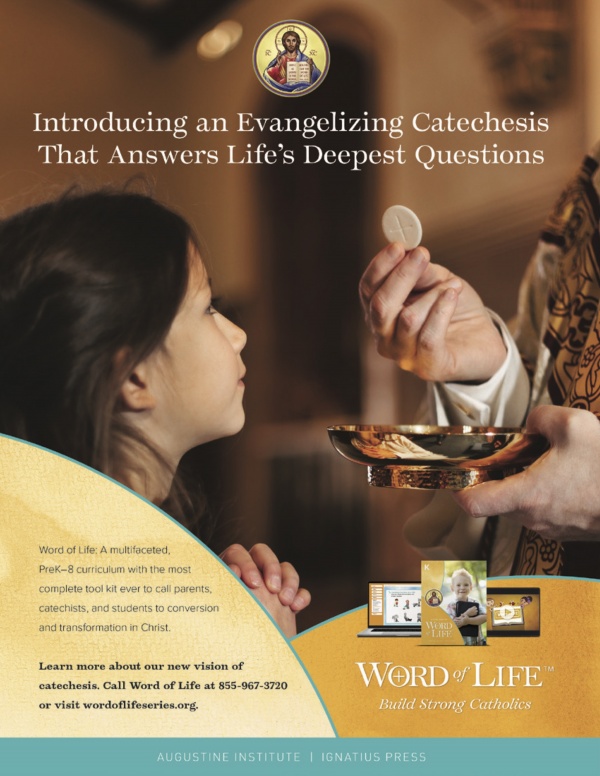Catholic Schools: Catholic High School Liturgy: A “Faithful Presence Within”
As another Holy Day of obligation rolls by, the question arises once again about the wisdom and sustainability of current Mass provision in our Catholic schools in Scotland. In our Cathedral parish here in Motherwell, we have three Sunday Masses, but between us as clergy we normally celebrate eight Masses on Holy Days, mainly in school settings, with varying degrees of enthusiasm and participation on the part of pupils. What is the point? Are we (as is often argued) sacramentalizing pupils who have never been evangelized, never mind catechized? In addition, as Catholic schools worldwide also become increasingly multi-faith—with, for example, 20 percent of non-Catholic pupils in Catholic schools today in the U.S. compared with 5 percent in 1972—is compulsory Mass attendance responding to the spiritual needs of all pupils?[1] And how can we strike a balance between the school’s responsibility to celebrate liturgically and the freedom of individual members to either embrace or opt out of such celebrations?
[1] National Catholic Educational Association (2022) Data Brief: 2021-22 Catholic School Enrollment, 1. https://images.magnetmail.net/images/clients/NCEA1/attach/Data_Brief_22_...
Children's Catechesis: For Freedom Christ Has Set Us Free
Diego is eleven years old. For years he has received religious formation through the Catechesis of the Good Shepherd (CGS) in a carefully prepared environment for the religious life of children called an atrium. He is working with a material known as the “Unity and Vastness of the Kingdom of God,” a timeline that takes a long and essential view of the history of salvation. Diego ponders the moment in this history when God says, “Let us make humankind in our image and likeness” (Gen 1:26). The catechist asks: “What do you think that means?” Diego never answers immediately. After a few minutes, he says, “It means we are able to live the Maxims.” Then, he brings over the box of “The Maxims of Jesus.”[1] This material consists of twelve wooden tablets, each holding a scripture verse of Jesus’ moral announcements. Under the words of Genesis, he places some of these Maxims:
- “. . . be perfect, just as your heavenly Father is perfect.” (Mt 5:48)
- “I give you a new commandment: love one another as I have loved you” (Jn 13:34)
- “You shall love your neighbor as yourself.” (Mt 22:39)
While Diego has not yet studied the Catechism of the Catholic Church, he is living what it teaches: “Freedom is exercised in relationships between human beings. Every human person, created in the image of God, has the natural right to be recognized as a free and responsible being. All owe to each other this duty of respect. The right to the exercise of freedom, especially in moral and religious matters, is an inalienable requirement of the dignity of the human person” (CCC 1738).
In the atrium, Diego is “recognized as a free and responsible being” and is given the time and the space needed for him to exercise that freedom. It is his response to being called by name by his Good Shepherd, Jesus Christ, who “loves you; he gave his life to save you; and he is now living at your side every day to enlighten, strengthen and free you.”[2]
[1] The Maxims of Jesus are key announcements from Jesus found in the New Testament that provide guidance on living in relationship with God.
[2] Francis, Evangelii Gaudium, no. 164.
Catholic Schools: The Paschal Mystery Time Machine – Teaching Time to Teens

What do the films A Wrinkle in Time, Back to the Future, The Terminator, Interstellar, and Avengers: End Game have in common? They all tap into our innate fascination with time travel. If you could travel through time, where in history would you go? Who would you visit? What would you alter for the sake of the future?
These are strategic questions I use to open the lesson on the sanctification of time. With this exercise, students are first invited into the time machine of their own memory and imagination. After this discussion, I pre-teach some basic doctrinal points about time:
- Time is created by God with a beginning and an end.
- Chronos time is time that we can measure and keep track of with calendars and clocks.
- Kairos time is time from God’s point of view. It is all of time at once in one “eternal now.” Eternity.
- The Eastern concept of time is cyclical. This is how beliefs such as karma and reincarnation emerged.
- The Western concept of time is linear and it has a telos or an end. It is progressing toward the future.
- We can think of the liturgical year as a spiral that is simultaneously cyclical and linear or advancing toward an end.
- Jesus, the Eternal Word, is timeless. (CCC 525)
- The Paschal Mystery changes how we experience time.
The fourfold event of Jesus’ Suffering, Death, Resurrection, and Ascension was so impactful and powerful that it reverberates through time in every direction. It hit history so hard that it broke it in two; that which came before Christ (BC) and that which began with Christ (AD). In the Old Testament, the Paschal Mystery is prefigured through typology and prophecy. In the age of the Church, it is echoed forward in the liturgical calendar. In the sacraments, the Paschal Mystery transcends time. The sacraments are, in a way, the only known means of time travel. When we remember our story and enter into it in the sacraments, we are entering into a dimension of time that is not stuck in the past, present, or future, but envelopes all of it. This is because, unlike any other religious figure, Jesus is not just a person of history. He is alive and actively encountering his people with his life-giving, saving love.
Encountering God in Catechesis: A Spirit-Led Classroom
 To the surprise of my friends and family, I love being a middle school teacher. While admiring my enthusiasm, most people picture a hectic classroom filled with rowdy youth. It is true, some days I swear my students are on their second cup of coffee by first period. I have learned to enjoy these days because underneath all of that energy rests a deep desire to encounter Christ. In their fast-paced culture, young people’s hearts crave moments of silence, peace, and union with Jesus. When I first started teaching, I wanted each middle schooler to learn how to pray and to begin their relationship with Christ, but my efforts were not bearing much fruit.
To the surprise of my friends and family, I love being a middle school teacher. While admiring my enthusiasm, most people picture a hectic classroom filled with rowdy youth. It is true, some days I swear my students are on their second cup of coffee by first period. I have learned to enjoy these days because underneath all of that energy rests a deep desire to encounter Christ. In their fast-paced culture, young people’s hearts crave moments of silence, peace, and union with Jesus. When I first started teaching, I wanted each middle schooler to learn how to pray and to begin their relationship with Christ, but my efforts were not bearing much fruit.
I was doing something wrong. I began by praying the Our Father and Hail Mary with each class. My students knew these prayers from elementary school and did not show much excitement for praying them. My solution was to further explain the biblical origin of these basic prayers. While doing this helped a little, I still knew most of my students were not encountering Christ. No matter how much time I spent explaining the Our Father or Hail Mary, my voice was always the loudest one in the room. Even after introducing other prayers, there was no noticeable change. Why did the Holy Spirit not seem present?
I prayed the words of Saint Paul, “Likewise the Spirit helps us in our weakness; for we do not know how to pray as we ought, but the Spirit himself intercedes for us with sighs too deep for words” (Rom 8:26). I needed the Spirit to teach my students to pray!
Why Beauty Matters for Catechesis and Catholic Schools
In modern culture, relativism reigns supreme. Consequently, the transcendentals of truth, goodness, and beauty no longer seem to transcend beyond the subjective whims of every autonomous individual self. Truth is a matter of one’s opinion. Goodness is relative to each person. Beauty is a matter of personal preference.
Catechists and Catholic educators have been given a great opportunity to lead the young people entrusted to their care to encounter objective truth, consistent moral laws that lead to the flourishing of goodness, and to appreciate authentic beauty. Although the three transcendentals are inseparable, I would like to focus on the role of beauty in teaching, evangelization, and formation.
Bishop Robert Barron frequently exhorts the faithful to “lead with beauty.” Images are powerful means of conveying both the truth and distortions of the truth. Images have been used well to market products and lead people astray into ideology. The Church has employed the use of sacred art to convey the truth in a powerful and formative way. In the introduction to the Compendium of the Catechism of the Catholic Church, then-Cardinal Joseph Ratzinger explains the rationale for using sacred images within the Compendium:
Images are also a preaching of the Gospel. Artists in every age have offered the principal facts of the mystery of salvation to the contemplation and wonder of believers by presenting them in the splendor of color and in the perfection of beauty. It is an indication of how today more than ever, in a culture of images, a sacred image can express much more than what can be said in words, and be an extremely effective and dynamic way of communicating the Gospel message.[1]
The beauty within art, architecture, music, and film is a visible manifestation of a truth being communicated by the artist. Beauty, when used well, can lead the faithful to encounter the face of Christ the Incarnate Word.
In order to renew catechesis and Catholic schools with beauty, first we must discuss the definition and nature of beauty. Second, we need to examine what role beauty plays in our lectures, presentations, and classrooms. Finally, we must work toward greater manifestations of beauty within the liturgy.
AD: St. John Bosco Conference for Evangelization & Catechesis, July 11-14
To learn more or to register for the St. John Bosco Conference, click here or call 740-283-6315.

AD: Come, Follow Me Bi-lingual Training Conference, June 10-11, Nashville
Click here to register for this bi-lingual training in the Come, Follow Me method of catechesis.

AD: New Word of Life Series
Learn more about Word of Life's evangelizing catechesis at wordoflifeseries.org or call 855-967-3720.

Encountering God in Catechesis
Several years ago, I was working as a parish Coordinator of Youth Ministry, and one of my responsibilities was teaching a high school religious education class. The class was arranged by the parish DRE and met as part of her programming each Wednesday night. There was no set textbook or program. We had a wide range of topics and materials available, and we were able to move as the class needed. The class was comprised of a diverse range of students with varying backgrounds and levels of catechetical formation. Mid-year, a new family moved to the parish. The parents only spoke Spanish, and they had two sons in high school who had very little formal religious education.
The older of the sons was in eleventh grade. He didn’t speak much. I’ll refer to him as “Frank.” You could tell by what few personal stories he shared that Frank’s life was a hard one. He lived in a bad neighborhood. He adored his parents, who were hard-working, but recognized that they were consumed by the preoccupation of the family business and were also not as devout as they expected their children to be. The boys completed that school year and came back the following fall.
Youth Ministry in the Inner City
 “With such affection for you, we were determined to share with you not only the gospel of God, but our very selves as well” (1 Thes 2:8).
“With such affection for you, we were determined to share with you not only the gospel of God, but our very selves as well” (1 Thes 2:8).


